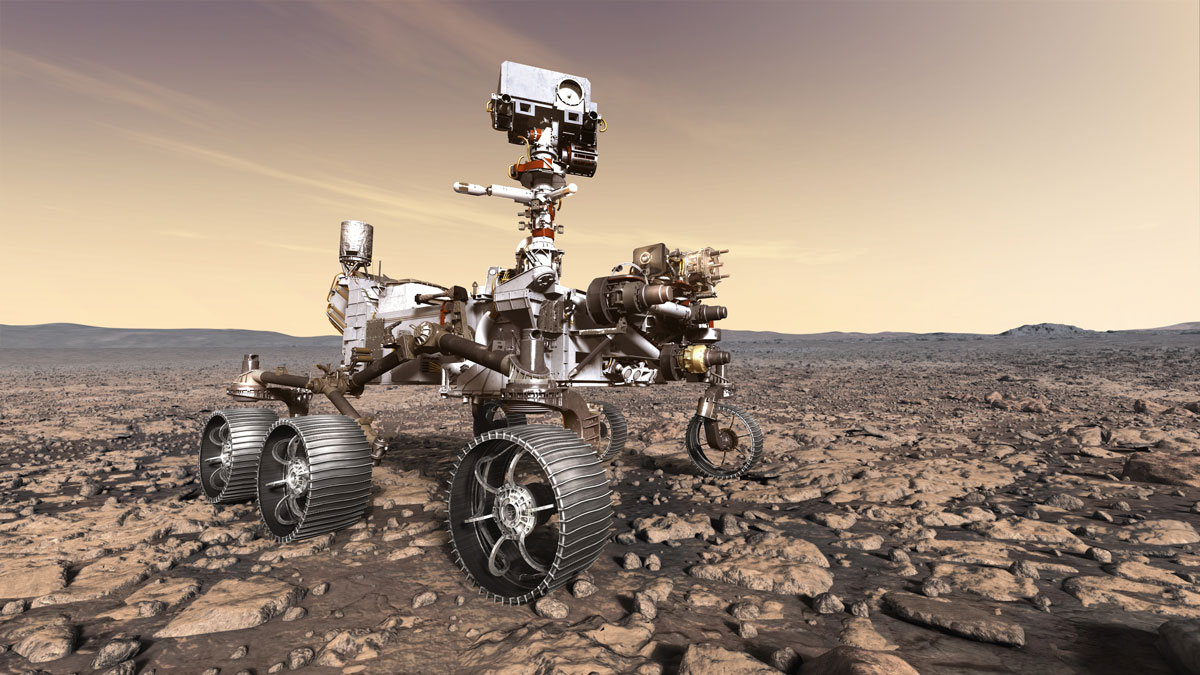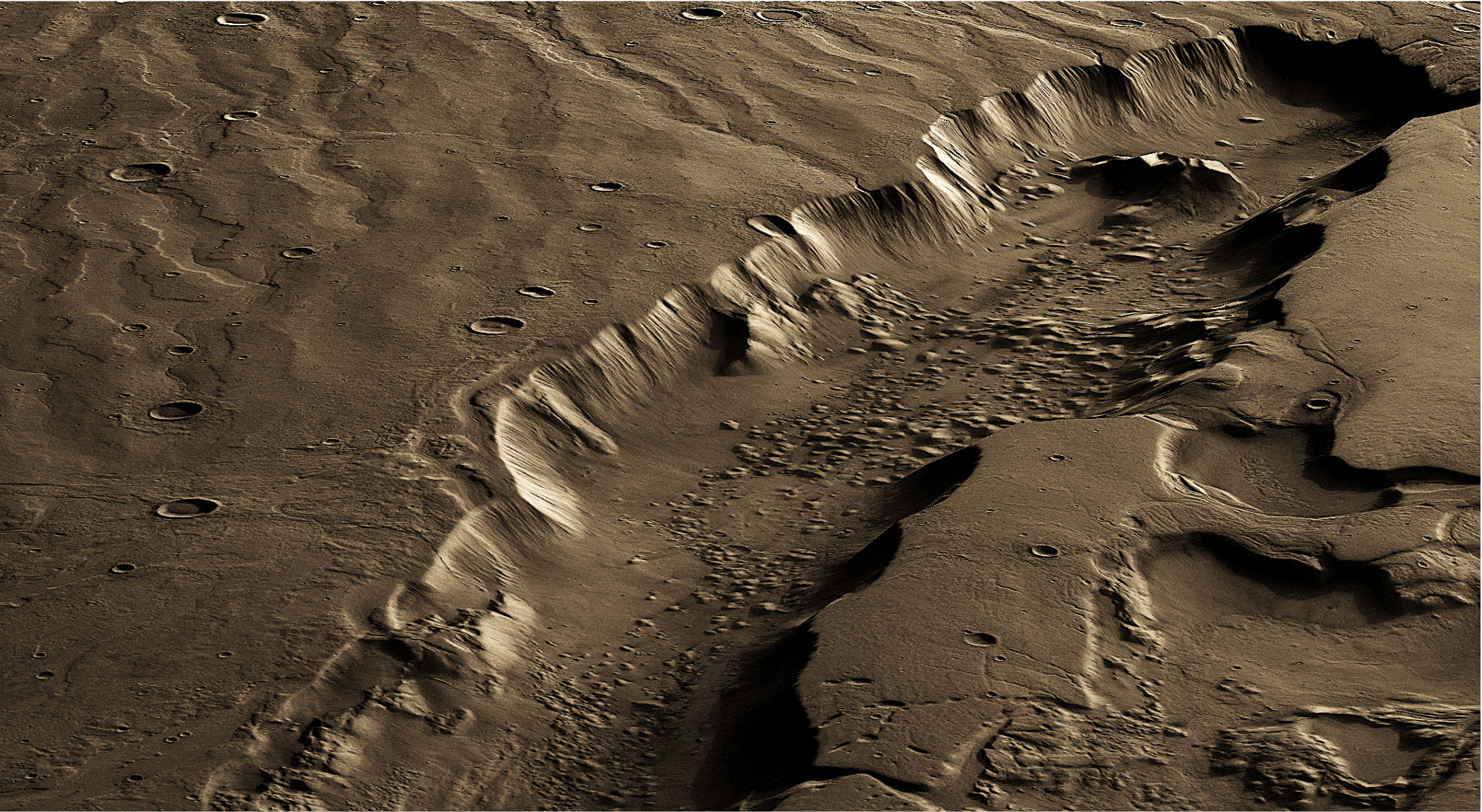You may have flown a flight simulator in a computer game or at a science museum. Landing without crashing is always the hardest part. But that’s nothing compared to the challenge that engineers are facing to develop a flight simulation of the very large vehicles necessary for humans to explore the surface of Mars. The Red Planet poses innumerable challenges to astronauts, not the least of which is getting there. That’s where the Department of Energy Office of Science’s user facility supercomputers come in. Researchers at DOE’s Oak Ridge Leadership Computing Facility (OLCF) are working with NASA engineers and scientists to simulate the process of slowing down a huge spacecraft as it moves towards Mars’ surface.
Tag: Red Planet
Three years later, search for life on Mars continues
In the three years since NASA’s Perseverance rover touched down on Mars, the NASA science team has made the daily task of investigating the red planet seem almost mundane.

Mars expert available to discuss Perseverance rover landing scheduled for Thursday
CHICAGO — On Thursday, Feb. 18, 2021, the Mars Perseverance rover is scheduled to make its descent onto the red planet, landing on the Jezero Crater. The mission is designed to better understand the geology and climate of Mars, and…

Best Region For Life on Mars Was Far Below Surface
The most habitable region for life on Mars would have been up to several miles below its surface, likely due to subsurface melting of thick ice sheets fueled by geothermal heat, a Rutgers-led study concludes. The study, published in the journal Science Advances, may help resolve what’s known as the faint young sun paradox – a lingering key question in Mars science.